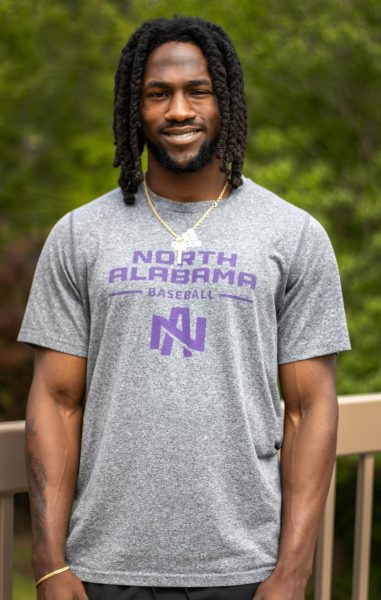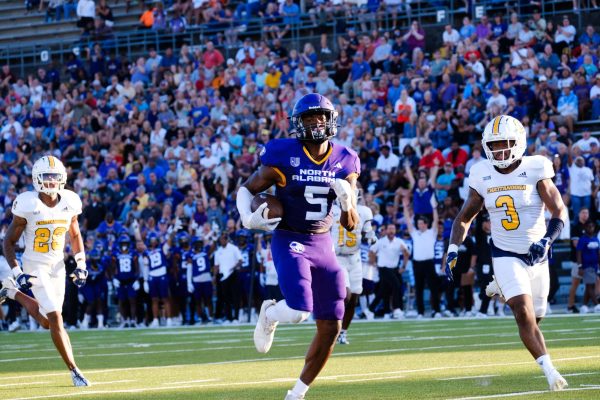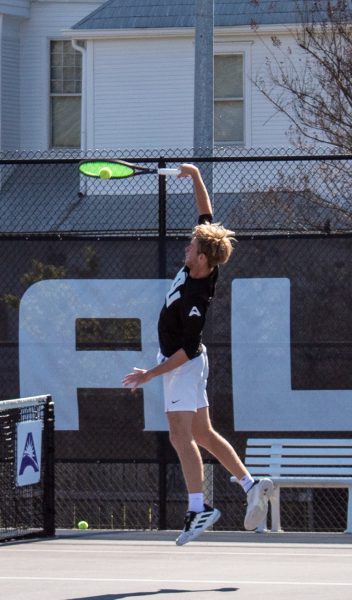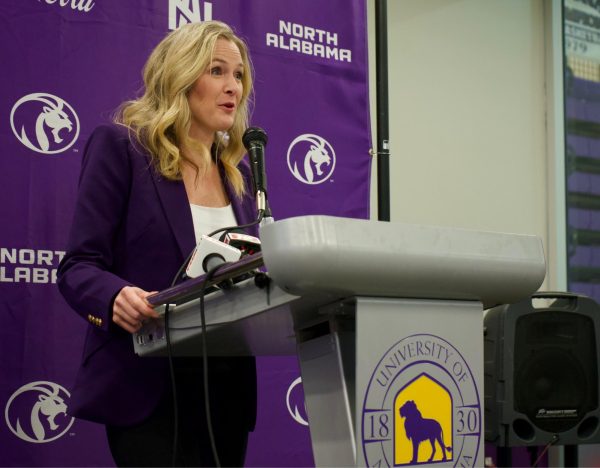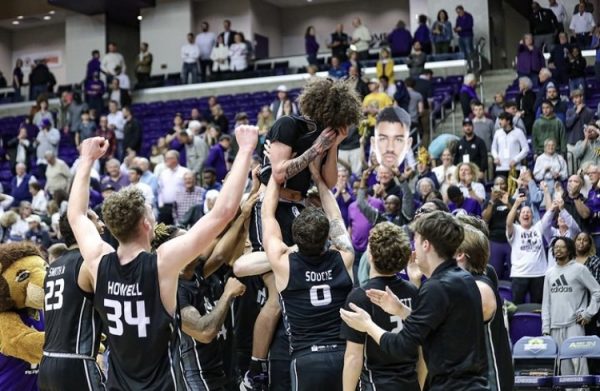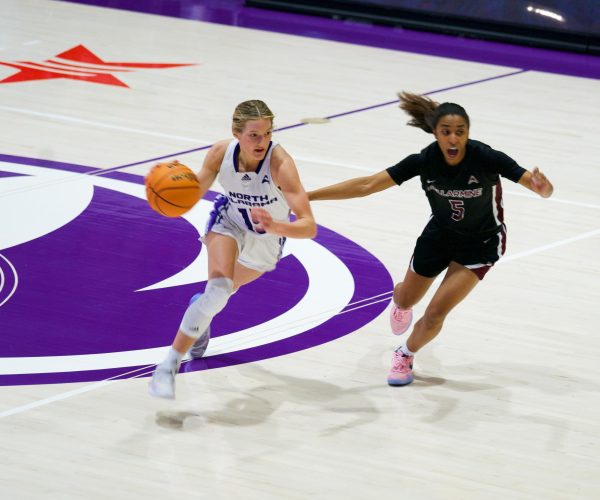Athletes held to high standards for scholarships
October 18, 2012
Some UNA athletes receive scholarship money to play for the Lions. How many scholarships a sport can offer and who can receive those scholarships is dictated by the NCAA and UNA.
The amount of scholarships a sport can offer is controlled by NCAA rules, not by how much funding a particular sport has.
The amount of athletic scholarships a team can offer has nothing to do with how much funding that program has. The National College Athletic Association determines how many scholarships a sport can offer.
“In the sport of football, at Division II, you can have 36 scholarships,” said UNA athletic director Mark Linder.
Athletic scholarships are comparable to academic scholarships that non-athlete students get, Linder said.
“We have some kids that sometimes we help them with the books and that is it, I know that is a big cost these days, but when you start looking at the value of the full scholarship being about $15,000 and you give maybe $400, $500 for book scholarships, there is quite a difference there,” Linder said.
Linder added that not every student athlete is on a scholarship.
“We probably have around 280 to 300 student athletes and only 112 scholarships,” Linder said.
Not all athletic scholarships are full scholarships, some are broken down into smaller increments.
“Every sport has a different allocation (of scholarships), basketball has 10,” Linder said. “Right now at the Division II level, we have right at 112 full scholarships but they can all be split down into partial scholarships.”
If a student athlete receives a scholarship that covers one-fifth of the $15,000 Linder estimated to be the cost of attendance, then he or she would receive $3,000 a year in aid.
According to the sports scholarship website, a student who receives an academic scholarship with a 3.0 GPA and 26 on the ACT will receive $4,000 a year.
The student with the academic scholarship will receive more financial assistance than the student athlete who received the athletic scholarship.
Male and female athletes have equal chanced of getting athletic scholarships, as dictated by Title IX of the Education Amendments of 1972.
Section 1681, Title IX, Education Amendments of 1972 says, “No person in the United States shall, on the basis of sex, be excluded from participation in, be denied the benefits of, or be subjected to discrimination under any education program or activity receiving Federal financial assistance…”
“Title IX is federal legislation that says that if you are going to get federal assistance for your organization that you need to be very mindful to gender equity issues when it comes to participation opportunities,” Linder said.
Before 1972, there was nothing in place to keep scholarships equally available to men and women.
Title IX corrected that by putting in place a law that required schools who received aid from the government to give women the same chance at getting the aid as men do.
“In Division I basketball, for example, women’s basketball … they get 15 (scholarships) compared to the men at 13,” Linder said.
Linder said the UNA athletic department holds its athletes to very high standards, and are not afforded special privileges.
“All student athletes have an expectation to attend all classes,” according to the UNA athletic department’s academic policies. “The athletic department regards class attendance as paramount in ensuring academic success… All student athletes are expected to proactively work with professors concerning missed classes and assignments caused by travel to away competitions. The UNA Athletic Department follows the university’s academic code of conduct and reinforces that code with additional expectations.”
Linder said students are expected to perform well academically.
“They are held to a higher standard in the classroom,” Linder said, “They have to reach certain benchmarks in order to remain eligible.”
The only advantage that student athletes have over regular students is that they have priority registration over regular students and that is due to the strict rules that the NCAA has on the classes that a student-athlete must have in order to be eligible to play, Linder said.
More information on athletic scholarship allocation per sport can be found at: http://www.athleticscholarships.net/sports-scholarships.htm



